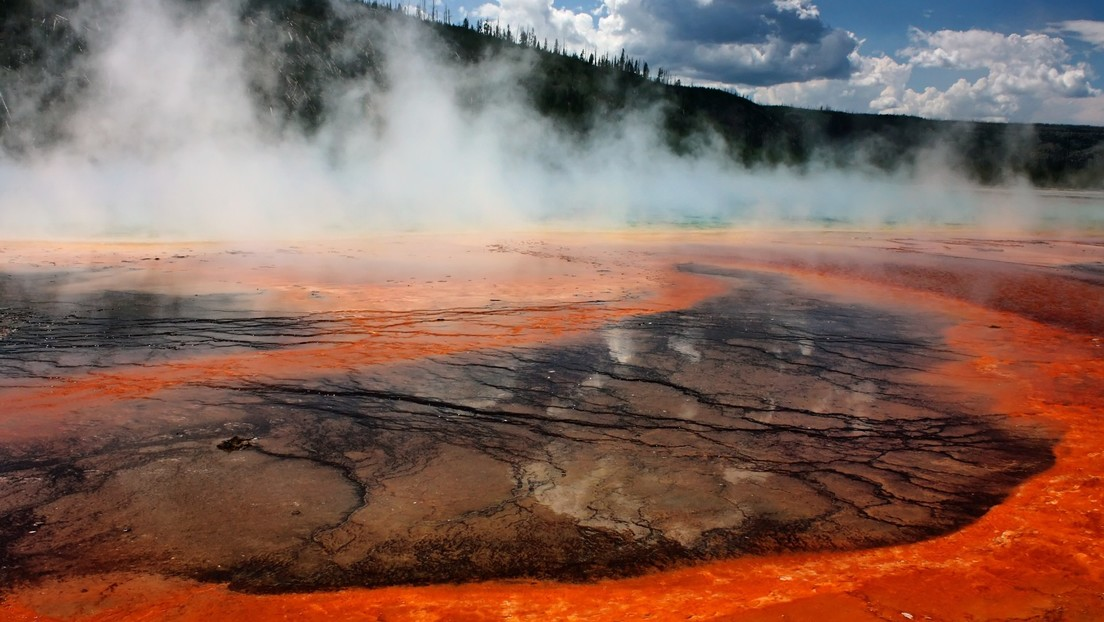
The creater of the Yellowstone National Park supervolcano in Wyoming, USA, which last erupted more than 64,000 years ago, may contain significantly higher levels of magma than previously suspected, according to a report. research published in the journal Science.
During the study, the scientists performed seismic tomography to map the velocity of seismic waves in Yellowstone's crust. As a result, they managed to create a 3D model of the distribution of molten rock material in the caldera and the current stage of the supervolcano's life cycle.
With this model, the academics were able to determine that there is a considerably greater amount of molten material in the caldera than previously suspected, and that 15-20% of this material is in the depth range in which they originated. previous supereruptions.
The authors detail that the amount of molten material is well below the levels necessary to trigger a massive eruption in the near future, but nonetheless warned that it is important to constantly monitor the volcano, as this situation could change without prior notice. (Text and photo: RT in Spanish)